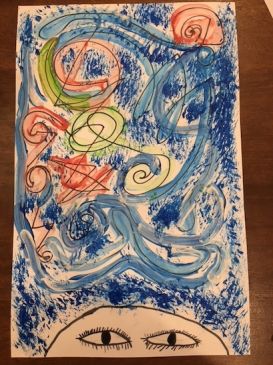Microscopic camera that could revolutionise surgery is invented…
and it costs pennies
A microscopic ‘pinhead’ camera has been developed that costs pennies to make and could have a host of applications, from surgery to robotics.
The device is small enough to fit on the head of a pin and contains no lenses or moving parts.It is created from pieces of silicon doped to make them sensitive to light at different angles
US scientists at Cornell University in New York produced a working prototype just half a millimetre across that is able to resolve 20 pixel images using a clever piece of mathematics and some fast computing.
Surgical Theatre: The PFCA camera could be a tool to advance microsurgery
‘It’s not going to be a camera with which people take family portraits, but there are a lot of applications out there that require just a little bit of dim vision,’ said Dr Patrick Gill, who led the development group.
The camera could be used to help brain surgeons image neurons, or be a component in any cheap electronic system.
It could, for example, be fitted to devices that detect the angle of the sun, or micro-robots that require a simple visual system to navigate.
The camera was invented in the lab of Alyosha Molnar, Cornell assistant professor of electrical and computer engineering, and developed by a group led by Patrick Gill, a postdoctoral associate.
Alyosha Molnar is a research electrical engineer who worked as a deckhand on a fishing boat after graduating from university and gained his doctorate by dissecting the neuronal circuitry of the rabbit retina using a combination of electrophysiology, pharmacology and anatomy.
Gill’s research investigates how collections of neurons represent complicated information, as well as how it is possible to design simple sensors to gather information about complicated objects.
Their working prototype, detailed online in the journal Optics Letters is 100th of a millimetre thick, and one-half millimetre on each side.

The camera resolves images about 20 pixels across — not portrait studio quality, but enough to shed light on previously hard-to-see things.
Inventors: Alyosha Molnar and Patric Gill developed the camera at Cornell
Gill, whose other research interests involve making sense of how the brain’s neurons fire under certain stimuli, began this invention as a side project related to work on developing lens-less implantable systems for imaging brain activity.
This type of imaging system could be useful as part of an implantable probe for imaging neurons that have been modified to glow when they are active.
Gill’s camera is just a flat piece of doped silicon, which looks something like a tiny CD, with no parts that require off-chip manufacturing.
As a result, it costs just a few cents to make and is incredibly small and light, as opposed to conventional small cameras on chips that cost a dollar or more and require bulky focusing optics.
Big idea: Joseph Fourier, 1768-1830 invented mathematics that can be used to break down a signal into its frequencies used in the camera
The scientists call their camera a Planar Fourier Capture Array (PFCA) because it uses the principles of the Fourier transform, a Mathematical Principles tool that allows multiple ways of capturing the same information.
Each pixel in the PFCA reports one component of the Fourier transform of the image being detected by being sensitive to a unique blend of incident angles.
While Fourier components themselves are sometimes directly useful, a bit of computation can also transform Fourier components into an image.
The scientists will continue working to improve the camera’s resolution and efficiency, but they think their concept can lead to a myriad of applications.
It could be a component in any cheap electronic system — in devices that, for example, detect the angle of the sun or a micro-robot that requires a simple visual system to navigate.
Gill is also working on a 3D camera in a similar vein.